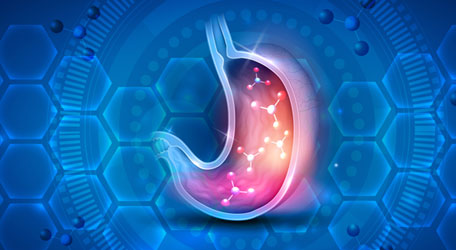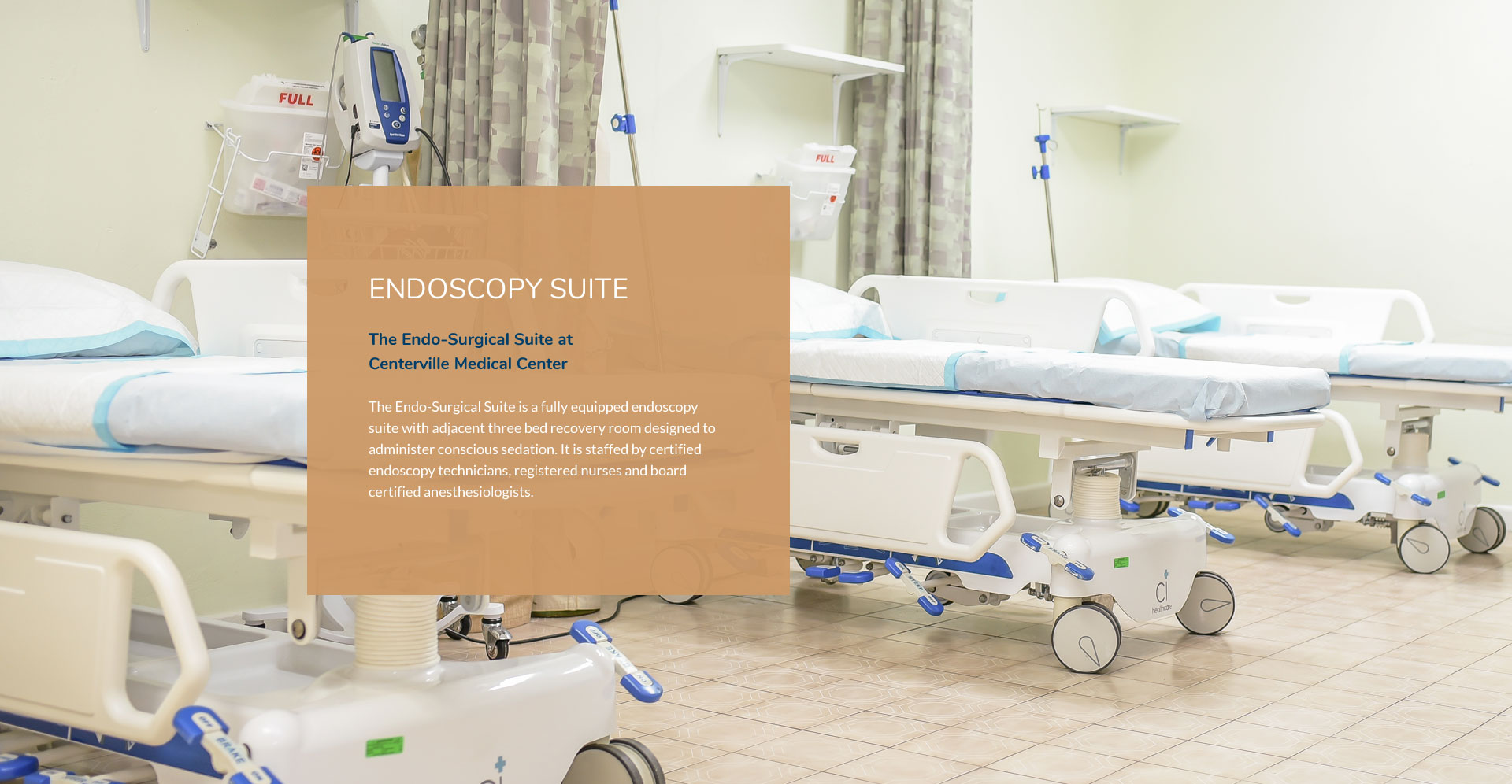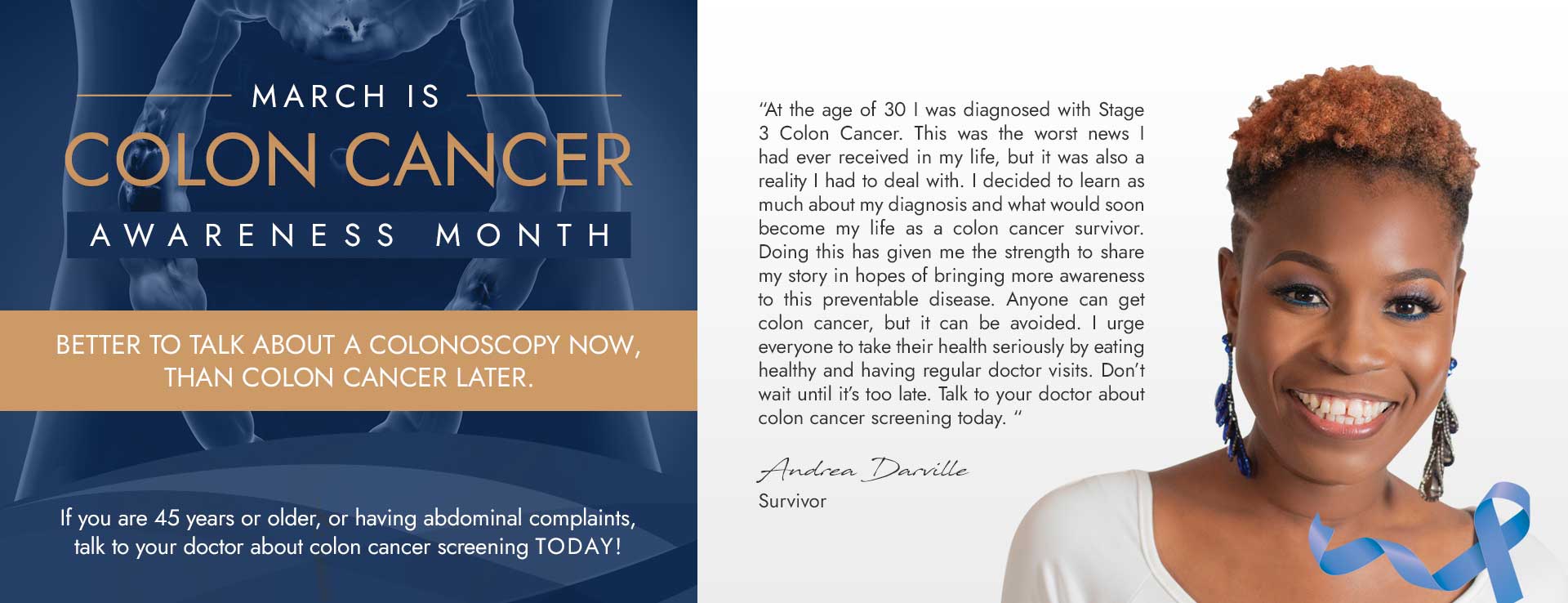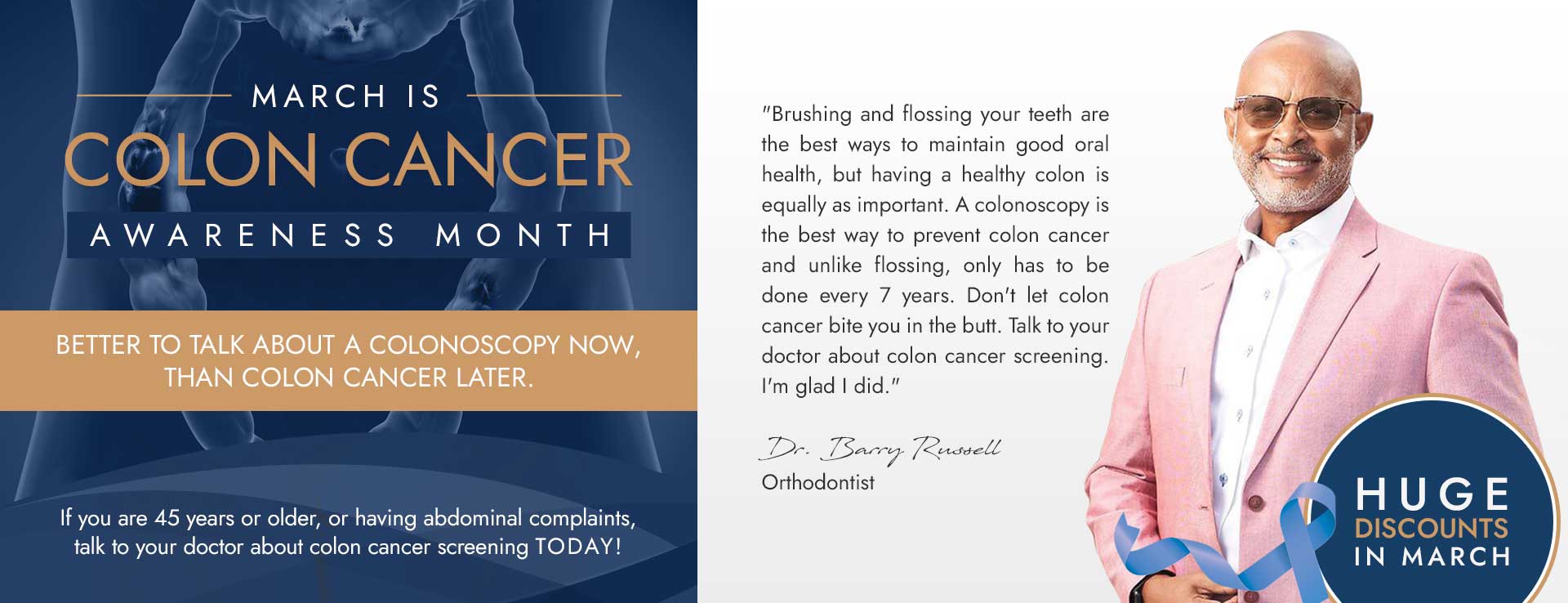LET US ANSWER YOUR QUESTIONS
FAQ Frequently Asked Questions
1. Who needs an upper endoscopy (EGD) or a colonoscopy?
An EGD may be necessary if you have a long history of heartburn, difficulty swallowing or if you have vomited blood. A colonoscopy (or some form of colon cancer screening) is recommended for everyone over the age of 50. A colonoscopy may also be necessary if you have unexplained anemia, abdominal pain, constipation, diarrhea, or blood in the stools.
2. What sort of preparation is necessary for an EGD or colonoscopy?
An EGD requires that you are fasting (without food) for 6 hours. A colonoscopy requires that you are on a liquid diet the day before and drink a solution to cleanse your colon.
3. Does a colonoscopy hurt?
No. During the procedure you will be sedated. In most cases you may not even remember having a procedure.
4. Would I be able to resume normal activities after my procedure?
Yes. We do advise that someone drives you home after the procedure because you may be drowsy. Later on that day you should be fine.
5. How long does an upper endoscopy or colonoscopy take? Do I need to take time off work?
An upper endoscopy (EGD) usually takes about 15 minutes. A colonoscopy takes about 30-45 minutes. You will only need to be off on the day of the procedure. You should be able to return to work the following day.
6. Can I eat after my procedure?
Yes, by all means. We do recommend eating something light and hot because you may have some gas and bloating after the procedure.
7. Does my insurance cover an EGD or colonoscopy?
In most cases your insurance will cover the procedure. Depending on your plan you may be required to make co-pay, to meet your deductible, or both.
8. Are there any risks or complications associated with having an EGD or colonoscopy?
The possibility of having a complication during either procedure is less than 1%. However pain, bleeding and perforation (making a hole in the colon) are listed as potential complications.







